User stories and user story examples
Nigel Tsopo
Jun 02, 2023・8 min read
Table of Content
What is a user story?
Agile User Stories
Kanban methodology
Why create user stories?
When Are User Stories Written?
Working with user stories
How to write user stories
Definition of 'done'
Outline subtasks or tasks
User personas
Ordered Steps
Digest feedback
Time
Agile User story examples
Working With User Stories
Conclusion
When product development teams and founders build software solutions, they routinely find themselves addressing three pivotal questions:
Who will use a specific feature? (e.g. "As a customer, I want to be able to login to the website.")
What is the goal of the feature? (e.g. "I want to be able to view my account information.")
What are the specific details of the feature? (e.g. "The login form should have fields for username and password.")
When responding to these questions, what results is multiple user stories.
In this blog, we'll look at the utility of user stories and illustrate why at Startup House we believe they're so crucial to the product development process.
What is a user story?
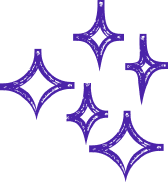
A user story is a brief description of a software feature from the perspective of the person who will use it. It typically follows this format:
As a < type of user >, I want < some goal > so that < some benefit >.
User stories are often used in conjunction with user story mapping, which is a tool for visualizing the structure of a product and the relationships between its various features. They can be broken down into smaller units called tasks, which can then be assigned to individual team members.
Agile User Stories
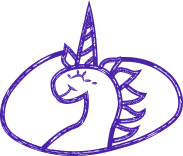
These are used in agile software development and are written in a specific format that follows the principles of agile software development. User stories help agile teams track progress and ensure that everyone is on the same page. In scrum, user stories are added to sprints and “burned down” over the duration of those sprints.
Kanban methodology
Kanban is a popular project management methodology that emphasizes transparency, collaboration, and continuous delivery. Its main goal is to help teams optimize their workflows and deliver better results.
The methodology is based on the principle of continuous improvement, meaning that teams constantly strive to identify and eliminate inefficiencies in their workflows. Kanban teams pull user stories into their backlog and run them through their workflow, which helps all involved stay organized and focused.
The work scrum teams do on user stories helps them to improve their estimation skills and sprint planning, which leads to more accurate forecasting and greater agility. With user stories, Kanban teams learn how to manage work-in-progress (WIP) and further refine their workflows.
User stories serve as the foundation for larger agile frameworks, such as epics and initiatives. These larger structures help ensure that the development team's everyday work contributes to the organization's goals.
For key insights on what user stories can do for you, get in touch with us. At Startup House, we've helped multiple founders and teams bring their product visions to life. Our user story creation service will provide a roadmap for each sprint throughout your product's development.
Why create user stories?
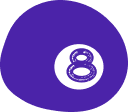
For the team member who writes user stories, it's important that he or she know why they're being created in the first place. Here are some of the more common reasons:
To improve estimation accuracy by iterating features into smaller user stories. This makes it easier to estimate the time and resources required for implementation.
So development teams new to agile benefit from the value that user story contexts and associated tasks bring.
To restructure larger projects into smaller development modules and thus make overall project management easier.
To define current customer needs more accurately for teams.
So that full user focus is maintained.
To facilitate full collaboration. A development team's goal is to maximize user service. Team momentum is generated by the success its members enjoy with each passing story.
When Are User Stories Written?
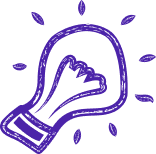
User stories are typically written during the planning stages of a project and may be composed by the product owner, project manager, or any other stakeholder.
One may also be written during a project's development phase, which in this case is known as a 'discovery ' or 'exploratory' user story. This explores new features or areas of the product that are yet to be fully understood.
Working with user stories
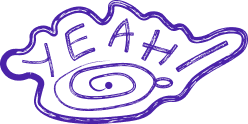
Once a story has been written, it is to be added to the project plan. This is usually done by the story's composer, who is likely the product owner, product manager, or program manager. After the story is reviewed, it can be integrated into the project workflow.
At a sprint or iteration planning meeting, the team decides which user stories they will work on during that sprint. They discuss the requirements and functionality that each story needs. Once they agree on these details, they are added to the story.
This is a chance for the team to get technical and creative in their implementation of the story. The team sizes the stories based on complexity or time to completion, using t-shirt sizes, the Fibonacci sequence, or planning poker. A story should be sized to complete in one sprint, otherwise, it will be broken down into smaller units.
How to write user stories
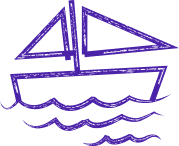
User stories should be brief, easy to understand, written from the perspective of the user, and focus on what the user wants to achieve.
When writing user stories, it is customary to use the following format: As a < type of user >, I want < some goal > so that < some benefit >.
This format helps to ensure that the story is focused on the user and their goal. A user story is not initially intended as a detailed specification, however, it must remain flexible so that any ensuing details may be added if and when.
If you are having trouble writing a user story, it can be helpful to talk to a customer or user to get some ideas. It can also be helpful to look at other user stories for inspiration. There are many resources available online that can help you learn how to write user stories.
Once the user succeeds in his or her intended actions with the product, the story concludes.
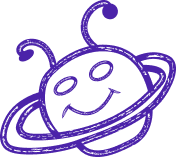
Definition of 'done'
Define what needs to be achieved and decide on who is responsible for each task so that this objective is met.
Outline subtasks or tasks
The content should be written with the end user in mind. If there are multiple end users, it may be necessary to write multiple stories.
User personas
Write a story for all steps in the process.

Ordered Steps
Make sure you communicate with your customers so that you get an understanding of the problem or need that they have. There is no point in guessing at their requirements when you can simply ask them directly.
Digest feedback
Once you've initiated your queries with customers, ensure you gather, structure, and digest their feedback. This way, you can avoid making assumptions and ensure that the content you write is relevant and helpful.
Time
Many development teams avoid discussing time estimates for stories, relying instead on their estimation frameworks.
Stories that take longer to complete should be broken down into smaller narratives or considered their own epic. These should be written down and made visible to the development team so that they may optimize the completion process.
Agile User story examples
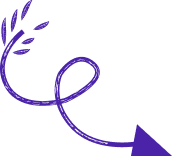
User stories are brief descriptions of a user's desired experiences using a product or service.
They follow a simple schema: "As a (persona), I want to (do something), so that (benefit)." Persona here refers to the type of user such as 'customer' or 'administrator'. The story should be comprehensible to anyone who reads it.
Benefits might include 'saving time' or 'making money.' Stories like these help product development teams empathize with their users and build features that address real needs.
For example: As a customer, I want to be able to search for products so that I can find the one I want.
As another example: As a shopper, I want to be able to see the reviews for a product before I buy it so that I can make sure it is of good quality.
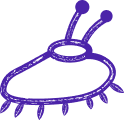
Other user stories examples:
As a student, I want to be able to access my coursework from anywhere so that I can work on it even when I'm not at home.
As a patient, I want to be able to see my test results online so that I don't have to wait for a call from my doctor.
As a user, I want the website to be easy to use so that I can find what I'm looking for quickly.
As an administrator, I want to be able to add new users easily so that I can grow the community.
Each agile user story example follows a unique user story format based on a specific acceptance criterion unique to the project it relates to.
Working With User Stories

Working with user stories can be a great way to get input from customers and stakeholders about what they want from a product and ensures the team is building the right thing.
Although user stories can be written by anyone, they are usually the responsibility of the product owner or project manager.
Once the user stories have been gathered, they can be used to create a backlog. The backlog is a prioritized list of all the user stories that need to be implemented.
The product owner is responsible for prioritizing the backlog. The development team will then take the user stories from the backlog and implement them. They may add more details or clarify the requirements as work progresses.
One of the main advantages of user stories is that they are flexible and can be changed at any time. If the product owner or stakeholders decide that they want something different, the user stories can be updated.
Conclusion
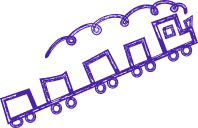
A good user story is an important aspect of agile software development.
They help developers understand the requirements of a feature from the perspective of the user and provide a structure for thinking about how that feature will be implemented.
There are a few different ways to format user stories, but they all generally follow the same user story template: "As a <type of user>, I want <some goal> so that <some benefit>."
By following this schema, you can ensure that your user stories are well-crafted and simple for your development team to understand and implement.
At Startup House, we're keen to discuss what customers can achieve with your product and outline those goals in a succinct and effective way. Get your user stories up to scratch with us.
Digital Transformation Strategy for Siemens Finance
Cloud-based platform for Siemens Financial Services in Poland

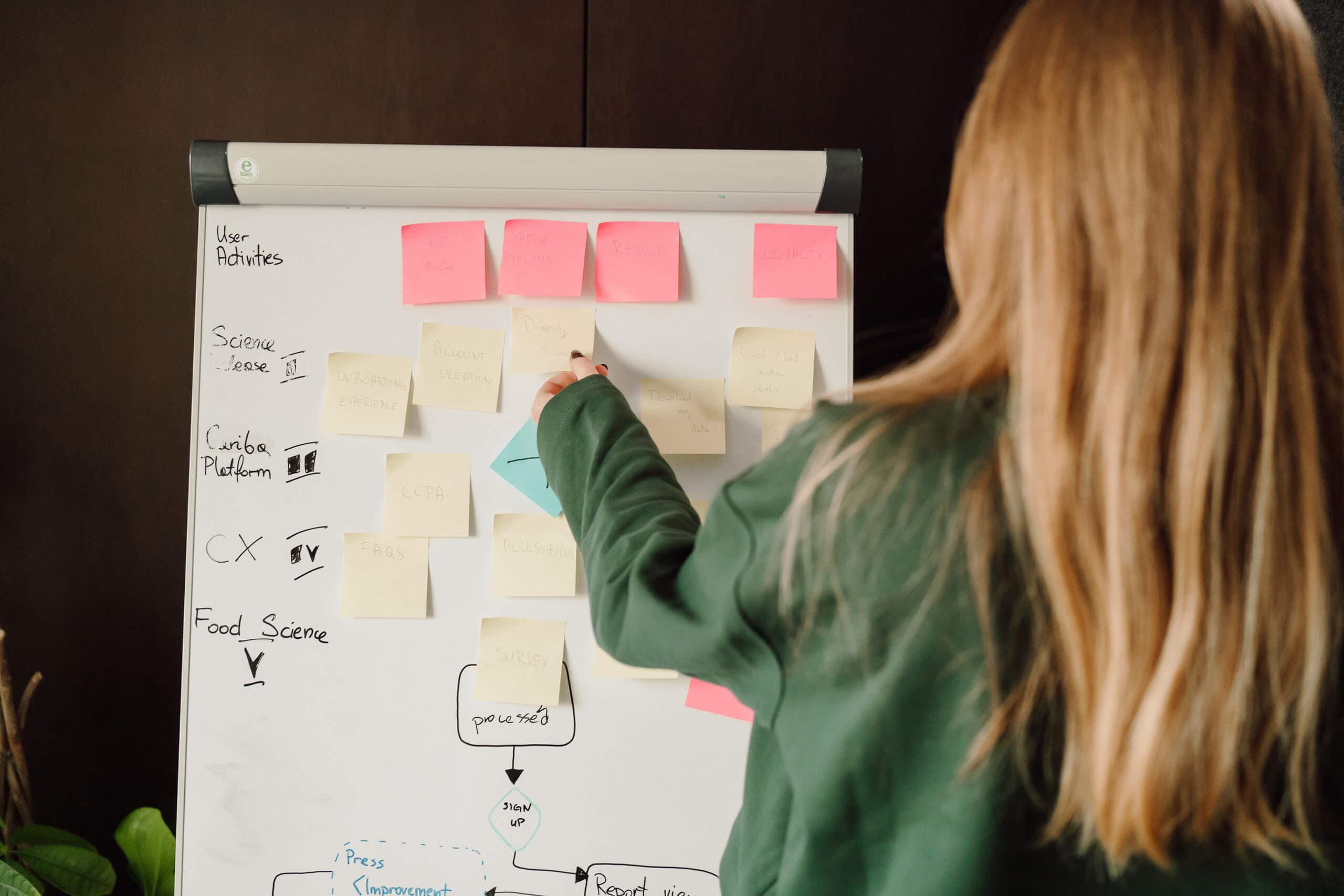
You may also like...

The Power of Prototyping: How Startups Achieve Success on a Budget
Prototyping empowers startups to test ideas, save money, and increase their chances of market success.
Alexander Stasiak
Mar 14, 2025・8 min read

Unleashing Creativity: How Design Thinking Transforms Product Development
Design thinking blends creativity with problem-solving, helping teams build user-centric products that truly resonate.
Alexander Stasiak
Apr 08, 2025・12 min read

Unlocking Speed: How Agile Methodology Transforms Rapid Prototyping at Startup House
Agile methodology accelerates rapid prototyping at Startup House, helping ideas turn into products faster.
Alexander Stasiak
Apr 23, 2025・15 min read




